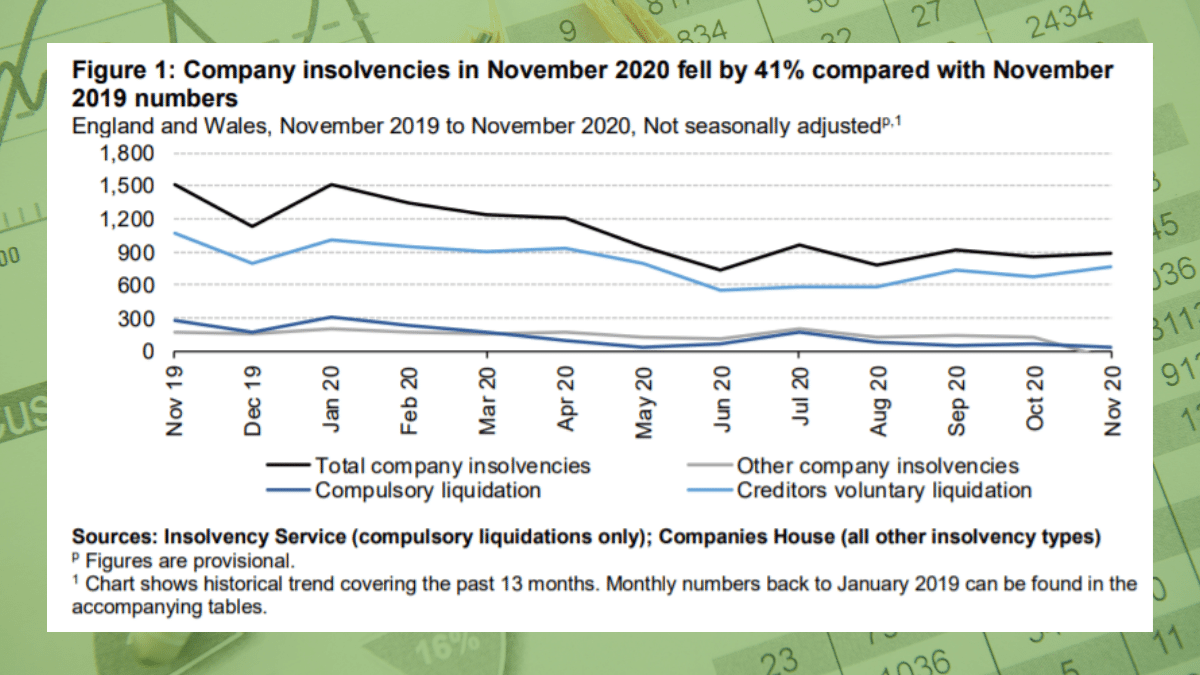The Basic Principles Of Insolvency Practitioner
Indicators on Insolvency Practitioner You Should Know
Table of ContentsAll About Insolvency Practitioner8 Simple Techniques For Insolvency PractitionerExcitement About Insolvency PractitionerThe 5-Minute Rule for Insolvency PractitionerThe Main Principles Of Insolvency Practitioner The 3-Minute Rule for Insolvency PractitionerThe Facts About Insolvency Practitioner Uncovered
Insurance policy is kept track of and regulated by state insurance departments, and among their key purposes is shielding policyholders from the risk of a company in financial distress. When a company enters a period of financial trouble and is unable to meet its responsibilities, the insurance policy commissioner in the firm's home state launches a processdictated by the regulations of the statewhereby initiatives are made to help the firm regain its economic ground.If it is identified that the company can not be restored, the business is proclaimed financially troubled, and the commissioner will ask the state court to buy the liquidation of the company. The insurance policy commissioner, either designated by the guv or elected, heads the state insurance policy department and displays and regulates insurance policy activity within the state.
[Back] By getting control of a business, the commissioner (or the insurance division) is, by law, the rehabilitator or liquidator of the firm. In this capability, the commissioner or division takes control of the company's operations. As opposed to do so straight, the commissioner may preserve a special deputy receiver to supervise the business's tasks.
The Buzz on Insolvency Practitioner
The receiver manages an audit of the firm's possessions and liabilities and provides the estate of the company. In doing so, the receiver looks for to maximize the firm's assets, transfer them to cash money, and afterwards distribute that cash money to lenders having valid cases versus the insurance firm in accordance with payment concerns defined by state legislation (in all states, insurance policy holders are priority plaintiffs whose cases are paid before those of general lenders).
All insurance provider (with minimal exemptions) licensed to sell life or medical insurance or annuities in a state should be members of that state's warranty organization. The warranty organization accepts the commissioner and the receiver in pre-liquidation planning. Insolvency Practitioner. When the liquidation is bought, the warranty organization gives coverage to the company's policyholders who are state citizens (approximately the levels specified by state lawssee below; any type of benefit amounts above the guaranty asociation benefit levels become claims versus the firm's continuing to be properties)

The Single Strategy To Use For Insolvency Practitioner
Second, insurance firms doing organization in that state are examined a share of the amount called for to satisfy the portion of the warranty associations' protected insurance claims not otherwise moneyed with estate assets. The quantity insurance companies are evaluated is based on the amount of premiums that they gather in that state. The National Organization of Life and Wellness Insurance Policy Guaranty Organizations (NOLHGA) is made up of the life and health and wellness insurance warranty organizations of all 50 states and the District of Columbia.
NOLHGA establishes a job pressure of representative warranty associations to collaborate with the insurance policy commissioner to establish a strategy to safeguard insurance policy holders. For additional information on NOLHGA's function at the same time, see "What Is NOLHGA?" and "The Safeguard at Work." [Back]
You are below: Insolvency is when a firm or individual can't pay financial obligations when they schedule. There are several options offered to an insolvent business or individual: ASIC manages companies, it does not handle individual bankruptcy procedures. For more details about insolvency and personal insolvency agreements, visit the Australian Financial Safety and security Authority website.
4 Simple Techniques For Insolvency Practitioner
Predictive security by assisting you choose the best customers and the right markets to avoid uncollectable loan to begin with, thanks to intense economic analysis. Extensive market intelligence, providing you with 360-degree presence on organization fields and putting in jeopardy difficulties. It would be a simplification to assume a profession credit rating insurance coverage begins and ends with premiums and pay-outs.
This can happen for a variety of reasons, including inadequate monetary management, unanticipated expenses, or a change in the market. If a firm is financially troubled, it may be required to fold or liquidate possessions to pay creditors. This can have a significant influence on business, staff members, and shareholders.
Why does a company get in into insolvency? There are a number of reasons why a business may get in into bankruptcy.
Getting My Insolvency Practitioner To Work
Various other factors for bankruptcy consist of fraud, mismanagement, and unexpected expenses. When a business comes to be bankrupt, its properties are made use of to pay off its financial obligations. This can have a significant effect on business, web as it check these guys out may no longer be able to continue operating. Insolvency can also result in task losses and the closure of organizations.
This can have severe effects for the business, its stakeholders, lenders and the economic situation. The company might be required to offer properties, gave up personnel and even fold. This can have a knock-on impact on the regional community and the economy overall. Creditors might be left out of pocket and the firm's investors may see their investment go away.
Some Known Factual Statements About Insolvency Practitioner
This can occur for a variety of factors, consisting of bad economic administration, unexpected expenses, or an adjustment out there. If a company is financially troubled, it might be forced to shut down or market off assets to pay lenders. This can have a significant impact on the service, employees, and shareholders.

Other factors for bankruptcy consist of fraud, mismanagement, and unanticipated expenses. Bankruptcy can likewise lead to job losses and the closure of organizations.
The Only Guide for Insolvency Practitioner
This can have severe implications for the company, its stakeholders, lenders and the economy. The business might be compelled to sell possessions, gave up team and even fold. This can have a ripple effect on the neighborhood community and the economic climate in its entirety. Creditors may be omitted of pocket and the company's shareholders pop over to these guys may see their investment vanish.